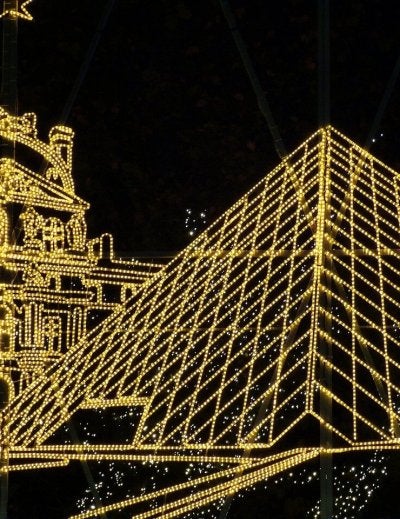
Meiji Shrine Autumn Festival: Traditional Arts and Yabusame Archery in Tokyo
The Meiji Shrine Autumn Festival is one of Tokyo’s most complete introductions to classical Japanese culture. It runs from 1 to 3 November 2025 to align with Culture Day on 3 November, and it fills Meiji Jingu’s forested precincts with music, ceremony and martial skill.
Meiji Jingu sits in central Tokyo yet feels removed from the city. Wide gravel approaches, towering cedars and a sequence of torii gates create a slow transition from everyday streets to sacred space. During the festival, stages host Noh and Kyogen theatre, which blend masked performance, chant and restrained movement. The austere tone of Noh contrasts with the light humour of Kyogen, so the schedule offers variety even for first-time visitors.
Music sections present the biwa, a short-necked lute associated with court traditions, along with other instruments that carry a clear, resonant sound fit for open-air spaces. Dancers in layered robes perform set pieces that have been refined over centuries. The festival’s signature moment is Yabusame, archery on horseback. Riders in patterned hunting costumes guide their horses down a long track and loose arrows at targets with a fluid motion that looks both controlled and explosive. It is a rare chance to see this ritual in the capital without long travel.
Because the event coincides with a national holiday, it attracts many local families as well as visitors. Entry to the shrine is free. The Yabusame viewing area can fill early, so aim to arrive in good time and confirm the exact start on the day’s board by the main approach. Between performances, the shrine’s inner garden and treed walks offer quiet places to pause.
The festival fits naturally into a wider early November plan. Nearby museums often host special exhibitions around Culture Day, and Harajuku and Omotesando provide cafés and simple dining options within ten minutes’ walk. For travellers, the combination of ancient theatre, court music and mounted archery presented in one location is rare. It shows how Tokyo preserves formal traditions inside an everyday city routine. If you visit only one cultural event during a short stay, this one covers the essentials with clarity and atmosphere.



